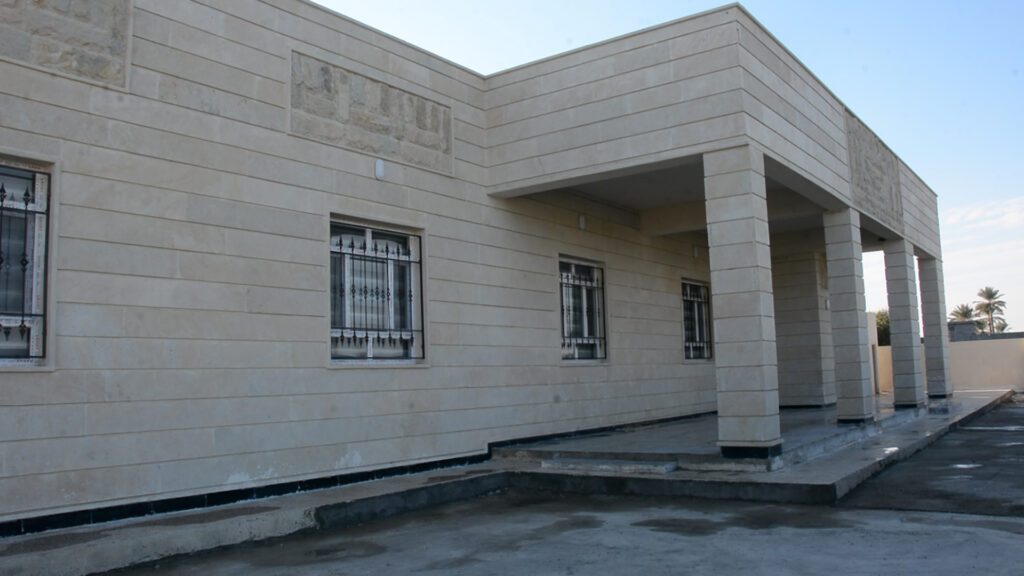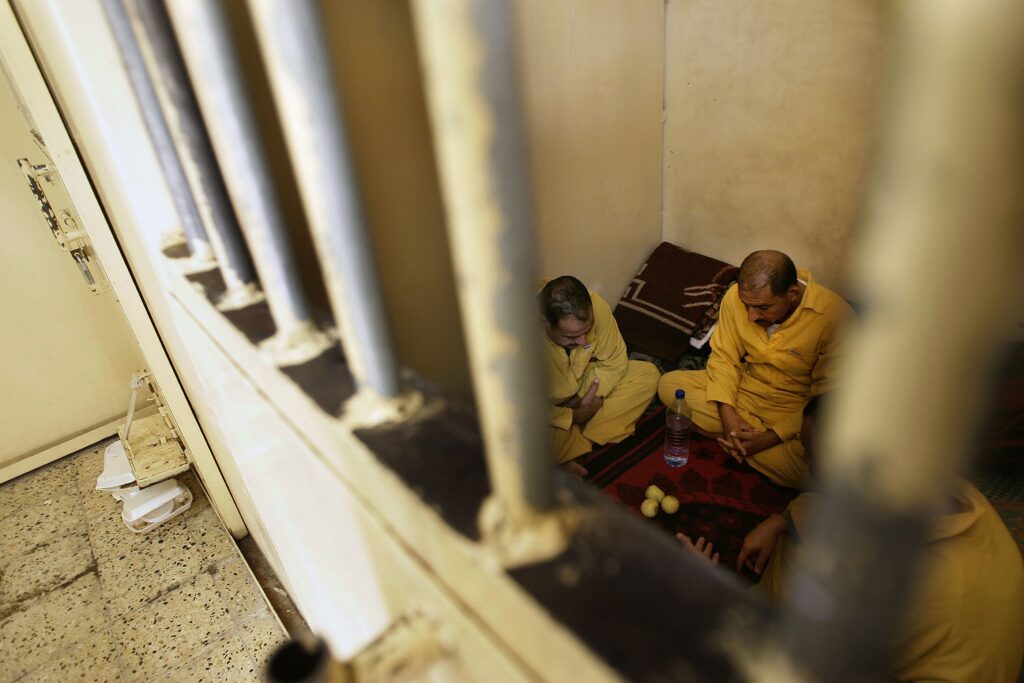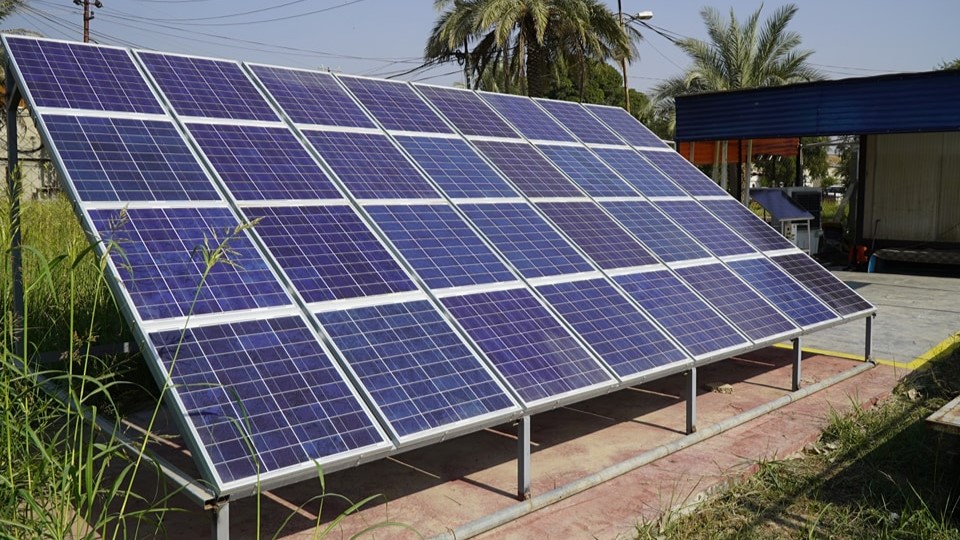World: Evaluation of the Coverage and Quality of the UNICEF Humanitarian Response in Complex Humanitarian Emergencies (January 2019)
By Sanchi Ravishanker, Jane Mwangi
The number of countries with violent conflicts is the highest it has been in the last 30 years. An estimated 535 million children — one in four — live in countries affected by conflict or disaster. As of early 2018, nearly 31 million children including 13 million children refugees had been forcibly displaced by violence and conflict — and more than 17 million inside their own countries. Conflict continues to be a significant driver of humanitarian need. In 2018, more than 134 million people across the world were in need of humanitarian aid.
Significant investment
In 2018, the United Nations and partners requested $25.2 billion to assist 97.9 million of the most vulnerable people worldwide and subsequently received $15.1 billion. That year, UNICEF invested considerably in its humanitarian action — approximately $2.8 billion, up from $600 million in 2006 — to meet the growing demand for assistance in multiple, simultaneous, complex and large-scale emergencies.
Time to evaluate
Given the size of the investment and the scale of the problem, an evaluation was commissioned to assess UNICEF’s performance in achieving coverage and quality in complex humanitarian emergencies. Building on the organization’s global evaluation plan, this is also the first corporate evaluation focused exclusively on such themes. The idea of conducting an evaluation to illustrate how UNICEF has fared in such contexts has not been explored before.
The premise of the evaluation is to generate practical solutions to guide how UNICEF can improve the coverage and quality of its humanitarian responses. To do so, eleven countries were included in the evaluation:
- 5 field missions (Nigeria, Afghanistan, the Central African Republic, the Philippines and Somalia);
- 4 desk reviews and remote interviews (Pakistan, Ukraine, Burundi, Mali, State of Palestine and the Syrian Arab Republic);
- 3 additional countries for in-depth interviews (South Sudan, Yemen and Iraq).
What we found
The findings shed light on UNICEF’s organizational courage and tenacity in sustained humanitarian action.
Across all countries, UNICEF was among the largest and most important providers of humanitarian assistance and protection, often working in some of the most challenging areas. Program coverage in these environments has been significant, and large populations have benefited greatly from the organization’s humanitarian action. UNICEF has established meaningful partnerships with national authorities, local and international NGOs, and UN partners enhancing coverage of humanitarian needs in conflict-affected countries. Finally, UNICEF’s leadership, its staff, through organizational systems and procedures, have consistently been able to mobilize people and funds to enable program coverage and ensure quality.
While the evaluation showed areas of great achievement, it also highlighted several areas that require improvement for the organization to enhance and facilitate the provision of effective assistance and protection. For example, it was found that in many cases coverage was prioritized over quality and equity. Equity programming often requires additional activities or program areas, making it less cost-effective to deliver. The evaluation also reveals that often, insufficient evidence makes it difficult to judge key aspects of its humanitarian practice. We do not always have the information and analysis required to inform effective humanitarian action and to monitor changes systematically over time to ensure the continuing relevance of the assistance we provide. Additionally, UNICEF often lacks a structured approach towards community engagement at the country level to ensure program relevance and quality and to include the views of those receiving UNICEF-funded assistance. This is an important strategy given how the delivery of quality program services and community acceptance are closely inter-linked.
The spectrum of findings has proven useful in that they clearly define the challenges UNICEF shares with the humanitarian system more broadly. The report draws conclusions and makes recommendations intended to support the organization to reach those in greatest need of assistance, including those who are hard to reach. The Management Response addresses some of the challenges faced by UNICEF in its bid to ‘leave no child behind’, and provides a detailed course of action to each key recommendation. By systematically addressing these challenges at the country, regional and global levels, UNICEF aims to enhance its delivery of humanitarian assistance and protection in these complex humanitarian emergencies – for every child.
Click here to access the evaluation.
Sanchi Ravishanker works with the Innovation, Learning and Uptake unit of the Evaluation Office at UNICEF and is the author of this blog.
Jane Mwangi is an Evaluation Specialist with the Evaluation Office at UNICEF and is the manager of this evaluation.





